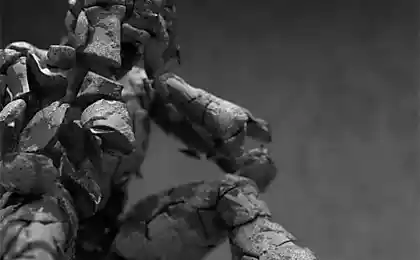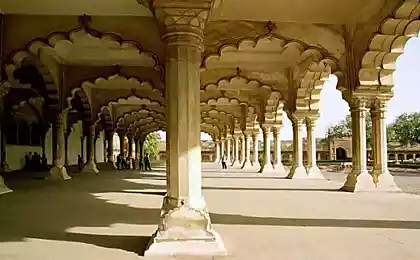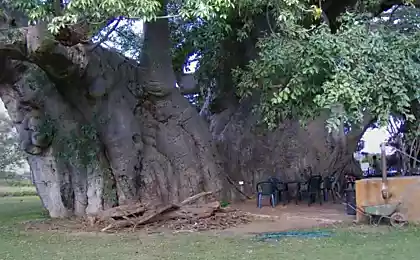3506
Organic Architecture

Architecture has always been to some extent organic, as created in the physical and aesthetic laws of nature. On the other hand, it was artificial, following the immutable principles of geometric outsider coordinate system established by Euclid. Moving away from the construction of simple geometric structures and creating shapes with right angles against the backdrop of smooth walls of traditional finishes, organic architecture architects argue the need to take as a basis for the construction of facilities for pleasant contemplation, use of flexible ergonomic shapes and forms of these compounds in living a single complex with the surrounding nature. < br />
Organic Architecture (lat. Organic architecture) solves the problem of creating architectural forms and structures using the properties of natural materials and harmonious arrangement of objects relative to the surrounding area and the natural landscape. The process of formation of the object is influenced by its specific content with the special and unique natural environment. Borrowing natural forms and their use in the design of structural elements helps to achieve an architectural expression. Thus, the "organic" nature of architecture is used to refer to three of its aspects - environmentally friendly materials, natural landscapes and biological forms.
Any manifestation of bionics in architecture is not an end in itself. Each element of organic architecture should be seen as part of a single organism that is born and develops in accordance with the functions performed and its own internal content, but also in harmony with the natural environment where it is created. Just as growing plants and other living organisms in nature. Housing rights should fit into the surrounding landscape and make a single whole. Adscititious architectural object must not be in conflict with the environment and destroy the existing system. The idea of the relationship with the environment for architectural objects is a rational and reasonable, fully meets the current trend of building ecosystems.
Architect preparing a organic architecture strives to achieve naturalness. For example, the concrete structure can fit into the landscape like a rock in the forest, like the natural geological formations. Detail of the facade and interior to connect with others forms of animate and inanimate nature. Reinforced concrete structures are made in the form of boulders; in turn, the output of rock to the surface embedded in the basement of the building and monolithic support fence. Modern materials combined with a creative approach allow you to create these objects. Great artists enrich their creativity arising trends in architecture, embodying these philosophical ideas about living objects in real structures.






















